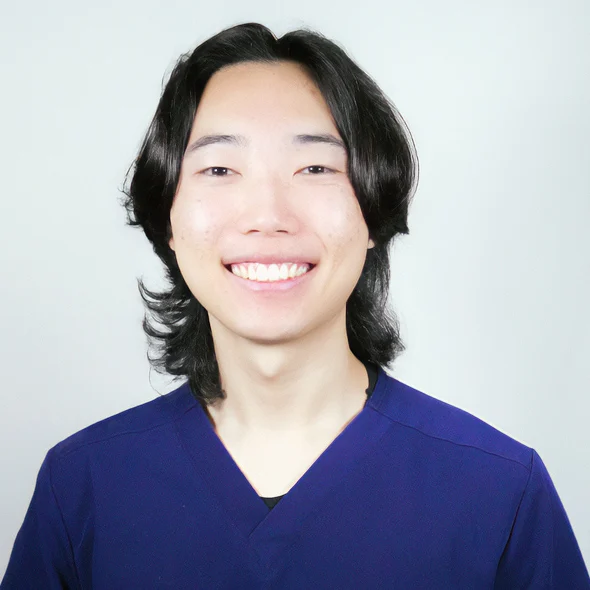What is a Concussion?
A concussion is a type of traumatic brain injury caused by a blow to the head. When this happens, the brain moves inside the skull and may even make contact with it. Following a concussion, patients can experience a wide range of symptoms. These may include headaches, confusion, lack of coordination, memory loss, nausea, vomiting, dizziness, ringing in the ears, sleepiness, and excessive fatigue.
Symptoms can appear immediately after the injury or may take months to develop. If you think you’ve had a concussion and are experiencing any of these symptoms, don’t hesitate to reach out to your healthcare provider.
How Are Eye Movements Related to a Concussion?
Recent research shows that doctors can now detect abnormal eye movements in patients who have suffered a concussion. Scott A. Edmonds, co-director of the Low Vision/Contact Lens Service at Wills Eye Institute, explains, “The eye itself is not a significant part of concussions, but rather the coordination of the eyes.” He adds, “Depending on the level of the concussion, four basic visual systems can be affected.”
In concussion patients, key eye movements such as saccadic eye movement (important for reading) are often impaired. Smooth pursuit (following an object), accommodation, and convergence may also be affected.
What’s important to understand is that a concussion usually doesn’t cause vision loss. Instead, it affects how the eyes work together. At NorCal Brain Center, we emphasize the connection between the eyes and brain. Problems with eye movements often indicate which parts of the brain may have been injured or are not functioning optimally.
What Treatments Are Available for Concussion Recovery?
At NorCal Brain Center, we offer a variety of treatments to help patients recover from concussions. While many healthcare providers rely on prescription medications, these can sometimes mask symptoms without addressing the root cause. Medications may provide temporary relief, but the symptoms often return later.
We focus on therapies that help the brain heal and return to optimal function. One option is brain-based therapy, which gradually helps patients restore brain function. Another effective treatment is using a hyperbaric oxygen chamber, which increases blood flow and delivers nutrients to the brain areas that have been damaged.
Additionally, depending on which eye movements were affected, specific eye rehabilitation therapy may be prescribed. At NorCal Brain Center, we offer a variety of treatments tailored to each patient’s needs.
If you have any questions or need more information, feel free to contact us!






